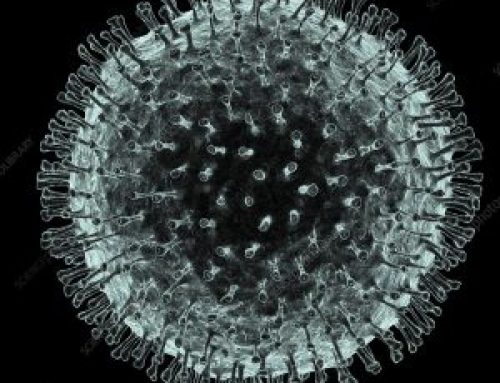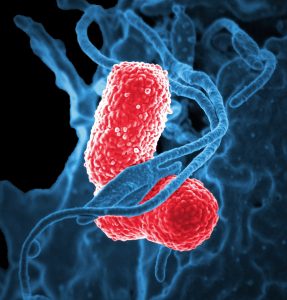Malaria has been confirmed in 6 patients in Gauteng Province without a recent history of travel. These cases originate from two separate areas: 3 patients from Soshanguve, north of Pretoria, and 3 patients from a private housing estate in Pretorius Park, Pretoria East. Entomological investigations conducted at one of the two affected sites found no anopheline mosquito larvae or adults.
Samples of culicine and aedine larvae and adults (yet to be identified to species level) were collected from the cemetery, but these do not pose a risk of malaria transmission. Investigations into these clusters are continuing; however, it is likely these cases acquired infection by the bites of infected mosquitoes translocated from endemic areas in vehicles, containers or by other modes – a relatively rare occurrence known as odyssean malaria. Nevertheless, the possibility of a locally breeding malaria vector population causing local malaria transmission cannot be ruled out at this stage.
Furthermore, in southern Africa the peak malaria transmission season extends from September to May each year, and many travelers will have been exposed to infection during their recent holidays. We urge healthcare workers throughout the country to maintain a high index of suspicion for malaria. Malaria should always be considered in febrile patients post-travel to a malaria risk area, as well as in patients with unexplained fever even in the absence of a travel history.
Malaria cannot be excluded on clinical grounds alone and a blood test is urgently required either by smear microscopy or by rapid diagnostic test. An initial negative result does not exclude infection and successive testing should be carried out every 12-24 hours until the patient recovers or an alternative diagnosis is confirmed. Malaria should be considered in any febrile patient in whom an alternate diagnosis is not readily apparent, especially if the patient’s platelet count is low.
Thrombocytopenia is a very common (but not invariable) finding in patients with both uncomplicated and severe malaria; its unexplained presence in a febrile patient should alert one to the possibility of malaria. In febrile patients with low platelet counts where malaria investigations have not specifically been requested, laboratory personnel are encouraged to prompt such investigations be carried out in discussions with the attending healthcare workers. Malaria may also be considered in any patient with fever and impaired consciousness. Without appropriate treatment, malaria can progress rapidly to severe disease and death.
Confirmed malaria cases must be notified to the Department of Health.
Detailed information on the clinical presentation, diagnosis and management of malaria cases, as well as the South African malaria risk areas, can be found in the Department of Health Guidelines for the Treatment of Malaria in South Africa, 2010; available online at: http://www.doh.gov.za/docs/policy/2011/ malaria_treatment.pdf.
Source: Division of Surveillance, Outbreak Response and Travel Health, and Centre for Opportunistic, Tropical and Hospital Infections, NICD-NHLS. Department of Health: City of Tshwane Metropolitan Municipality and Gauteng Province.


